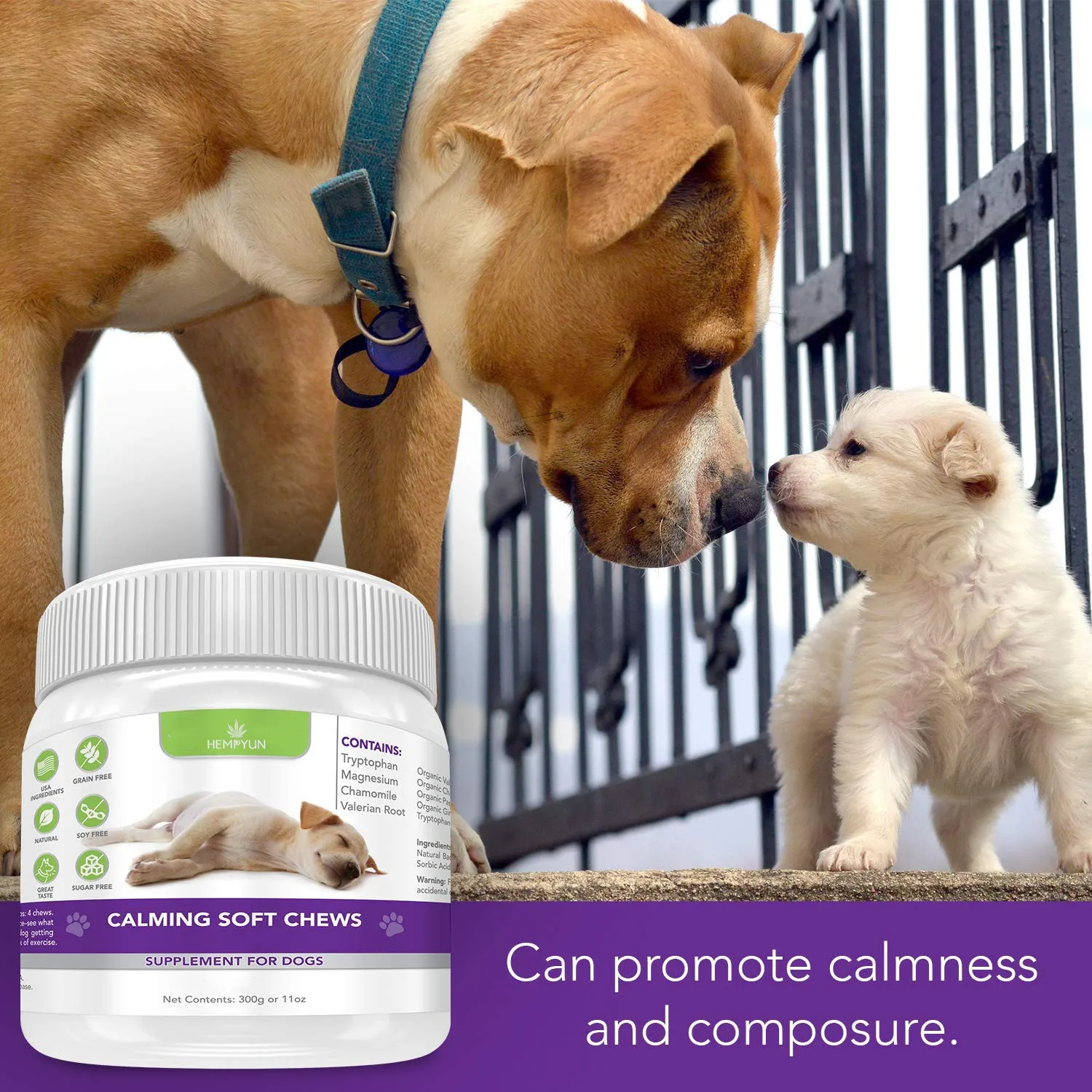Understanding What is Pet Peeve: Common Irritations and How to Cope with Them
#### What is Pet Peeve?A "pet peeve" refers to a specific annoyance that an individual finds particularly irritating. While everyone has their own set of pe……
#### What is Pet Peeve?
A "pet peeve" refers to a specific annoyance that an individual finds particularly irritating. While everyone has their own set of pet peeves, they often stem from personal preferences, experiences, or cultural backgrounds. Understanding what constitutes a pet peeve can help individuals navigate social interactions more smoothly and foster better communication with others.
#### Common Examples of Pet Peeves
Pet peeves can vary widely from person to person. However, some common examples include:
- **Loud Chewing or Slurping**: This is a frequent irritant for many, as it can disrupt the ambiance of a meal or conversation.
- **People Being Late**: Punctuality is highly valued in many cultures, and frequent tardiness can be seen as a sign of disrespect.

- **Misuse of Grammar**: For those who take pride in language, grammatical errors in speech or writing can be particularly grating.
- **Interruptions During Conversations**: Interrupting someone while they are speaking can be perceived as dismissive and rude.
#### The Psychological Impact of Pet Peeves
Understanding what is a pet peeve also involves recognizing the psychological effects these irritations can have on individuals. When someone encounters their pet peeve, it can trigger feelings of frustration, anger, or even anxiety. This reaction is often rooted in the perception that the behavior of others is a direct affront to one's values or expectations.
#### How to Cope with Pet Peeves

1. **Awareness**: The first step in managing pet peeves is to acknowledge them. By identifying what specifically irritates you, you can better prepare yourself for situations where these annoyances may arise.
2. **Communication**: If a particular pet peeve is causing significant distress in your relationships, consider discussing it openly with those involved. For example, if someone frequently interrupts you, kindly express your desire to finish your thoughts before they chime in.
3. **Mindfulness**: Practicing mindfulness can help you develop a more tolerant perspective. When you feel irritation rising, take a moment to breathe and reflect on why the behavior bothers you. This pause can prevent you from reacting impulsively.
4. **Finding Humor**: Sometimes, the best way to cope with a pet peeve is to find humor in the situation. Laughing at the quirks of others can diffuse frustration and foster a more positive atmosphere.
5. **Letting Go**: In some cases, it may be beneficial to simply let go of the irritation. Remind yourself that everyone has their own set of habits and behaviors, and not all of them will align with your preferences.

#### Conclusion
In conclusion, understanding what is pet peeve can greatly enhance your interpersonal relationships and overall well-being. By recognizing and addressing your own pet peeves, you can cultivate a more harmonious environment for yourself and those around you. Whether through communication, mindfulness, or humor, there are various strategies to manage these common irritations effectively. Embracing the diversity of human behavior can lead to richer, more fulfilling interactions in both personal and professional settings.